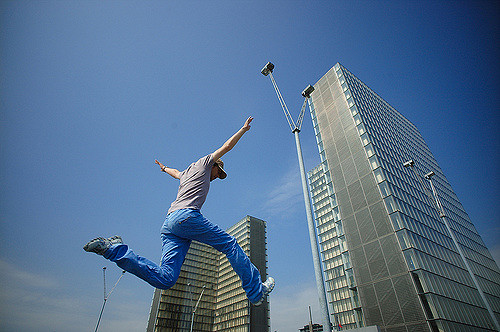If you’re like us you’ve been glued to a screen watching the world’s best runners compete on the largest stage. Elite runners seem other-worldly, making unimaginable paces look easy. We know there are a laundry list of characteristics that make someone elite, but what about their mechanics? Do they run differently than us? Over the past year, a handful of elites have … Read More
The Impact of Pace on Mechanics
One of the most frequent questions we hear is “How do I compare to other runners.” Answering that question is more complicated than you’d think. For two runs or runners you’d like to objectively compare, it’s important that the pace and terrain are identical, otherwise you might as well be comparing apples to oranges. Our bodies naturally adapt, and your … Read More
The Finish (NYC 2015)
The finish is where you dig deep, give it everything you’ve got, knowing that it will be over soon. In Ellie’s case, we see the picture of an elite athlete who is holding on as hard as she can, in spite of a loss of efficiency (Flight Ratio started at 25% – and dropped down to nearly 15% toware the finish). … Read More
The Wall (NYC 2015)
The Wall is every runner’s torment.When will I hit it? Will I recover? How? Even an elite, consistent runner like Ellie, isn’t impervious to The Wall. At around mile 21 (35k), Ellie’s pace drops slightly as her Flight Ratio (an efficiency indicator) continues its slow downward trend (it’s fortunate that Ellie starts at elite levels!). But what is interesting is … Read More
It Helps to Know How to Fly
Not a shocker but the more you fly, the faster you’ll finish a marathon. Flight ratio is an indicator of efficiency, so we were particularly interested to look at our data from the 2015 NYC Marathon to analyze breakdown of flight ratio over finish times. We discovered flight ratio is much more strongly correlated to finish times than the infamous 180 … Read More





